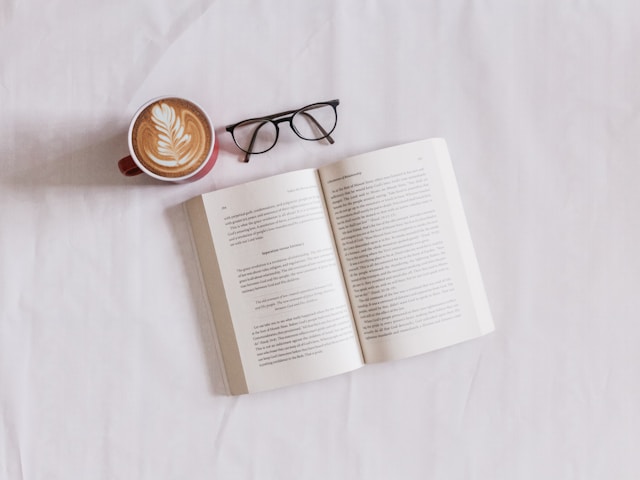Learning a new language opens up so many doors, from making new friends to understanding different cultures. While many of us start with classes or apps, there’s a fun alternative: learning through movies and music. These aren’t just entertaining; they’re powerful tools that help you hear how the language sounds in real conversations and songs. Plus, they show you expressions and words in action, making it easier to remember them. So, why not mix a bit of fun with learning by watching films and listening to music? It can make your learning journey not just effective, but also enjoyable.
The Appeal of Movies and Music in Language Learning
Movies and music are not just fun; they are powerful tools for learning a new language. What makes them so attractive is how easily they can be accessed. You can stream a film or a song from anywhere, at any time, making it simple to fit learning into your daily routine. But it’s more than just convenience—movies and music let you experience the language as it’s used in various contexts, from casual conversations to more formal exchanges.
Watching a film, you see body language and facial expressions, which help you grasp the emotional undertones of what’s being said. With music, the repetition of catchy lyrics makes it easier to memorize words and phrases. Both methods immerse you in the culture behind the language, showcasing traditions, humor, and social norms.
How Movies Help in Language Learning
Movies are an excellent resource for anyone looking to enhance their learning process. They entertain and serve as a practical tool in grasping new languages. Here’s why:
- Listening Skills: Films provide exposure to how the language is spoken naturally. For example, a fast-paced action movie can help learners practice understanding rapid conversations.
- Cultural Context: Movies show how people interact in different situations and can teach cultural practices. For instance, a film set during a national festival might explain traditions and values.
- Colloquial Language: Movies include everyday language and slang not usually found in textbooks. A romantic comedy might show casual phrases used in relationships, while a courtroom drama can introduce formal and specific vocabulary.
For example, watching a scene of two friends talking in a café can teach casual phrases, while a legal drama can help learners with more structured and specialized terms. These visual and spoken elements make it easier to understand and remember language use.
Enhancing Language Skills Through Music
Music isn’t just a source of entertainment; it’s a powerful tool for learning new languages. Here’s how incorporating songs into your study routine can significantly boost your skills:
- Pronunciation: Songs provide opportunities to hear how words are pronounced in context. Singing along helps learners practice sounds and patterns. For instance, listening to Spanish songs like “La Bamba” can familiarize learners with vowel sounds and rhythm.
- Memory Aid: Melodies help with remembering phrases and vocabulary. Lyrics often stick in the mind because they are paired with a tune. For example, using English nursery rhymes or Japanese pop songs can make it easier to recall sentence structures and word meanings.
- Repetition: Songs repeat words and phrases, which reinforces them over time. Repeated listening to a song like a French ballad can help learners internalize grammar and vocabulary without needing separate drills.
Challenges and Limitations
While useful, Movies and music have limitations as learning tools. They lack structure and do not teach grammar or vocabulary in an organized way, which can leave gaps in understanding. Learners might also misinterpret slang, idioms, or culturally specific phrases without proper explanation. Informal language often found in these mediums may not be appropriate for formal or professional communication. Additionally, movies and songs may not address specific learning goals, such as writing or sentence construction.
To overcome these challenges, it is important to pair these tools with structured methods like classes, textbooks, or guided conversation practice. This combination helps to address weaknesses while still benefiting from the exposure movies and music provide.
Conclusion
Movies and music are helpful tools for learning a language. They improve listening, teach new words and phrases, and show how the language is used in real-life situations. However, they don’t teach grammar or formal language and may require other resources to fill in these gaps.
To get the best results, use movies, music, and other methods like classes, textbooks, or speaking practice. This mix helps you learn better and stay consistent. Adding these tools to your routine makes learning more interesting while giving you a better understanding of the language in everyday use.
